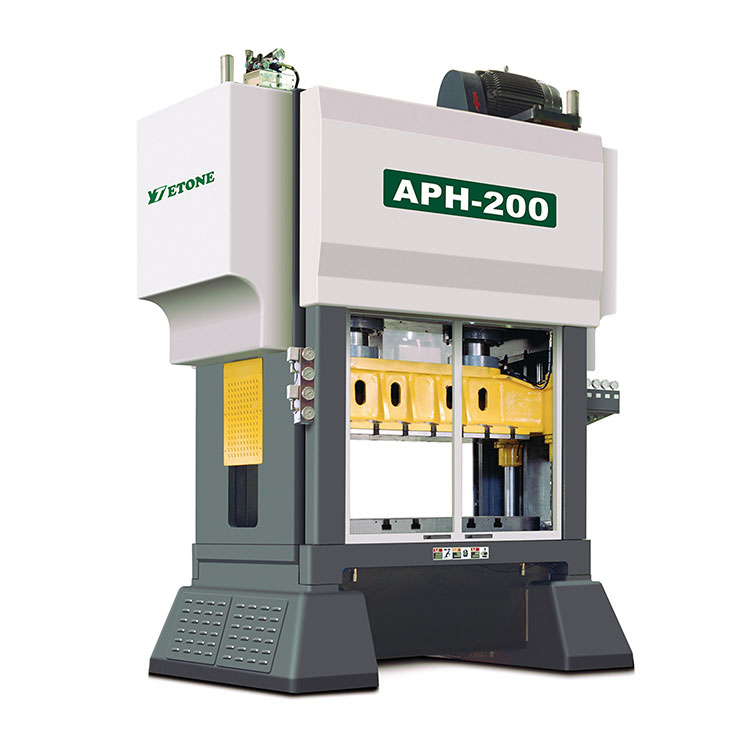There are usually several ways to judge the speed of a power press:
1. Calculate according to production requirements and cycles
The working speed of a power press is generally closely related to the production cycle. The speed can be evaluated based on the stamping cycle of the press:
Stamping cycle: refers to the time required for the press to complete a press, including the process of descending, pressing, rising and waiting.
If each stamping cycle of the press is shorter, it means that its speed is faster; otherwise, it is slower.
Formula: Production speed (production quantity per unit time) = 1 / stamping cycle (seconds/piece)
2. Observe the stroke speed
The stroke speed of a power press is an important factor in evaluating its speed. Generally speaking, the stroke speed of a press can be divided into two parts:
Downward speed: The speed at which the piston descends from the top to the mold position when the press is working.
Return speed: The speed at which the piston returns to the starting position after the press completes stamping.
The stroke speed can be adjusted through actual operation or the control panel setting of the machine. Observe the length of time the press takes to go down and up each time, and compare the speed of going down and up. Fast presses usually go down and up faster.
3. Check the speed setting on the control panel
Modern power presses are usually equipped with electronic control systems that can accurately set and display the working speed. Through the control panel or touch screen, you can view or adjust the stamping speed of the press. If the system displays the number of strokes per minute (SPM), you can directly judge the speed of the press based on this value. SPM is a common unit for measuring the speed of power presses, which indicates the number of strokes completed by the press per minute.
High SPM value: means that the press runs faster and can complete more stamping per unit time.
Low SPM value: means that the press is slower.
4. Observe through noise and movement
Fast presses are usually accompanied by louder noise and higher vibration, especially when stamping at high speed, the piston or slide moves faster. Observing the noise, vibration and mechanical movement of the equipment during operation can indirectly judge the working speed of the press.
5. Check the relationship between punching pressure and speed
There is usually a certain trade-off between the punching pressure and speed of a power press. High speed is often accompanied by lower punching pressure, while high pressure usually means slower speed. Therefore, by observing the pressure setting and punching effect of the machine, its speed can also be indirectly evaluated.
6. Use professional measuring tools
If you need to accurately measure the speed of the press, you can use some professional tools, such as a timer or tachometer, to record the number of strokes per minute of the press to determine its working speed.
Summary:
Fast press: characterized by short cycle, high stroke number, short down and return time.
Slow press: characterized by long cycle, low stroke number and long working time.
When making actual judgments, the above methods can be combined with actual production needs and equipment settings to evaluate the working speed of the press.
